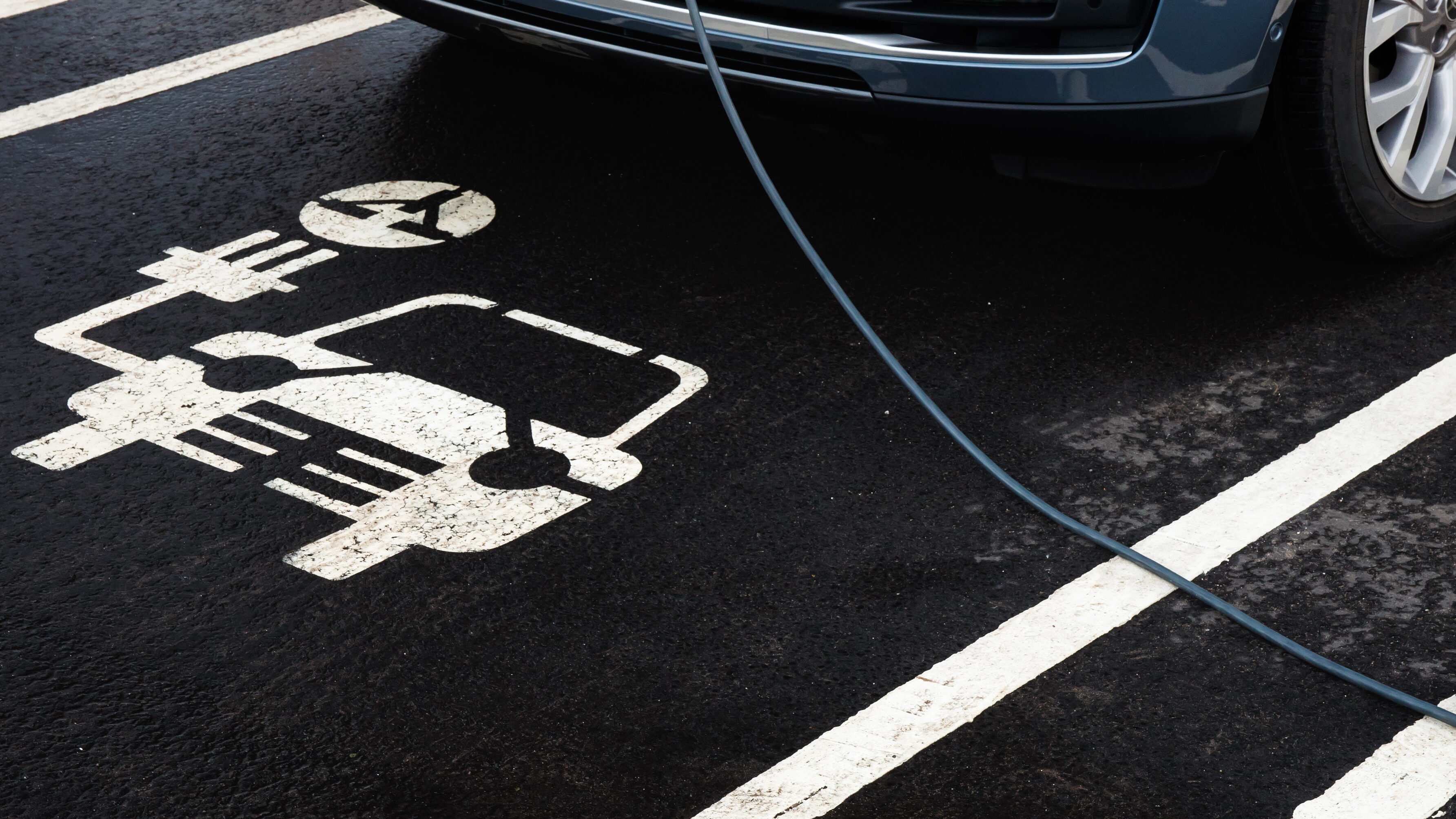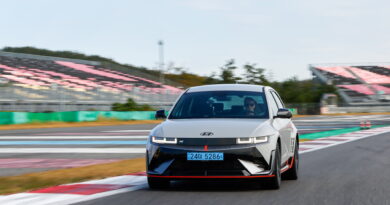Wishful thinking: why voluntary CO2 targets won’t work
OPINION
The road to hell, so the old saying goes, is paved with good intentions.
No doubt the Federal Chamber of Automotive Industries means well with its new CO2 Emissions Standard, but it won’t slow the nation’s acceleration towards a flame-filled future one little bit.
The obvious problem is that it’s a voluntary scheme. What that means is that there nothing at all to compel the car companies the FCAI represents, which is pretty much all of them, to meet the targets set out in the standard.
No penalties or sanctions. No rewards or incentives. Nothing…
There’s not a lot to dislike about the FCAI’s aims – sub-100g/km CO2 emissions for passenger cars and light SUVs, and sub-145g/km emissions for heavy SUVs and light commercial vehicles, by 2030 – except lack of ambition.
These targets imply annual reductions in emissions of 4.0 percent for the first category and 3.0 percent for the second for all new vehicle sales over the next decade.
EVs needed to meet targets
The 2030 objectives, by the way, can only be met with EVs and PHEVs making up a significant proportion of annual Australian sales. Because CO2 emission levels are directly proportional to fuel consumption, getting below 100g/km means burning little more than 4.0L/100km. And that is simply impossible without zero and low-emissions vehicles making up a good chunk of the mix.
Are the FCAI’s targets likely to put a smile on young Greta Thunberg’s serious Swedish face? Don’t think so.
Like any car industry executive, she will know that the European Union already has a 95g/km limit for cars sold there. Right now.
This is a binding target. There’s a price to pay for failure; €95 ($155) for every extra gram of CO2 each car they sell emits (a Toyota Corolla 2.0-litre hatch emits 163g/km), though this is averaged across the car maker’s entire fleet. And there are rewards for compliance; so-called super credits for sub-50g/km cars that amplify the effect their sales have on the fleet-average CO2 calculation.
It’s a very complex piece of policy, but it’s still not nearly enough to satisfy the world’s best-known 17-year-old.
Don’t expect targets to be hit
Without measures like Europe’s, what’s going to make car companies strive to meet the FCAI’s targets? Do you seriously imagine salesmen will bust a gut to move low-emission models as fleet-average calculation time draws near if there aren’t consequences?
Nope, they’ll do what they’ve always done. And that’s to upsell customers to something more costly and profitable, that’s also very likely to be a heavier emitter.
The members of the FCAI aren’t stupid. They must know their launched-with-a-fanfare CO2 Emissions Standard is sure to fail… if nothing else changes.
The industry body admits as much in its press release announcing the CO2 Emissions Standard: “It is fully expected that individual manufacturers may not always record annual improvement.” Well, you can count on that…
Another thing the FCAI understands perfectly well is that it lacks the power to change the forces shaping the Australian new-car market today. It cannot write regulations or enact laws that would alter the behaviour of both buyers and sellers. That’s something that’s done by parliaments and bureaucrats.
So what exactly is the FCAI trying to achieve with its voluntary CO2 Emissions Standard?
Cynics will call the scheme blatant greenwashing, others will say it’s simply wishful thinking, and the great majority of Australians probably won’t have any opinion at all.
Call for government action
I don’t believe the CO2 Emissions Standard is eco-propaganda, or a hopeless aspiration, or something to be ignored. To me it’s a signal from the Australian car business’s peak body that it’s ready for government action. Gagging for it, in fact.
The FCAI wants well-planned and durable polices that will drag Australia up to the same speed of change as the rest of the grown-up world. I’m sure they’ve already tried quiet, behind-the-scenes briefings… and been disappointed time and again, like the rest of us, by politicians.
Again there are clues to what the FCAI really thinks in its CO2 Emissions Standard press release: “The FCAI strongly supports a comprehensive approach to addressing motor vehicle emissions that includes fuel quality standards, the introduction of Euro 6 and the introduction of a challenging but realistic, achievable and market relevant CO2 standard.”
So they want octane up and sulphur content down, emissions regulations in step with most of the globe, and binding CO2 emission regulations, with some teeth to snap at the heels of the laggards.
It’d be a start, at least, but are even these first, small steps likely to be taken? Sadly, I think hell-no is more likely than no hell…




